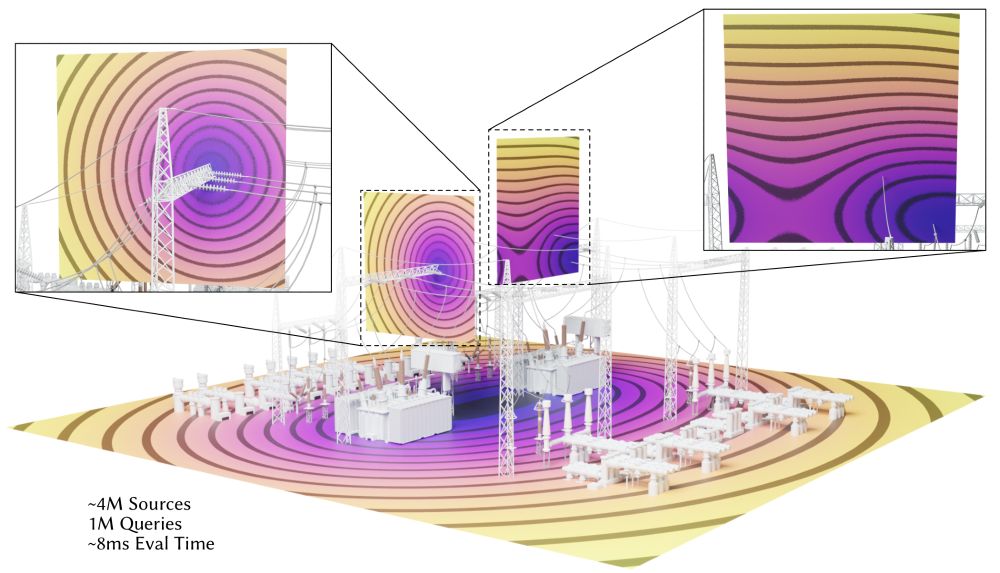In our new #TPAMI paper, we show how to learn it fast (5 mins of capture!) with Lens Blur Fields ✨
With it, we can tell apart ‘identical’ phones by their optics, deblur images, and render realistic blurs.

In our new #TPAMI paper, we show how to learn it fast (5 mins of capture!) with Lens Blur Fields ✨
With it, we can tell apart ‘identical’ phones by their optics, deblur images, and render realistic blurs.
“Uniform Sampling of Surfaces by Casting Rays” w/ @abhishekmadan.bsky.social @nmwsharp.bsky.social and Alec Jacobson
“Uniform Sampling of Surfaces by Casting Rays” w/ @abhishekmadan.bsky.social @nmwsharp.bsky.social and Alec Jacobson


